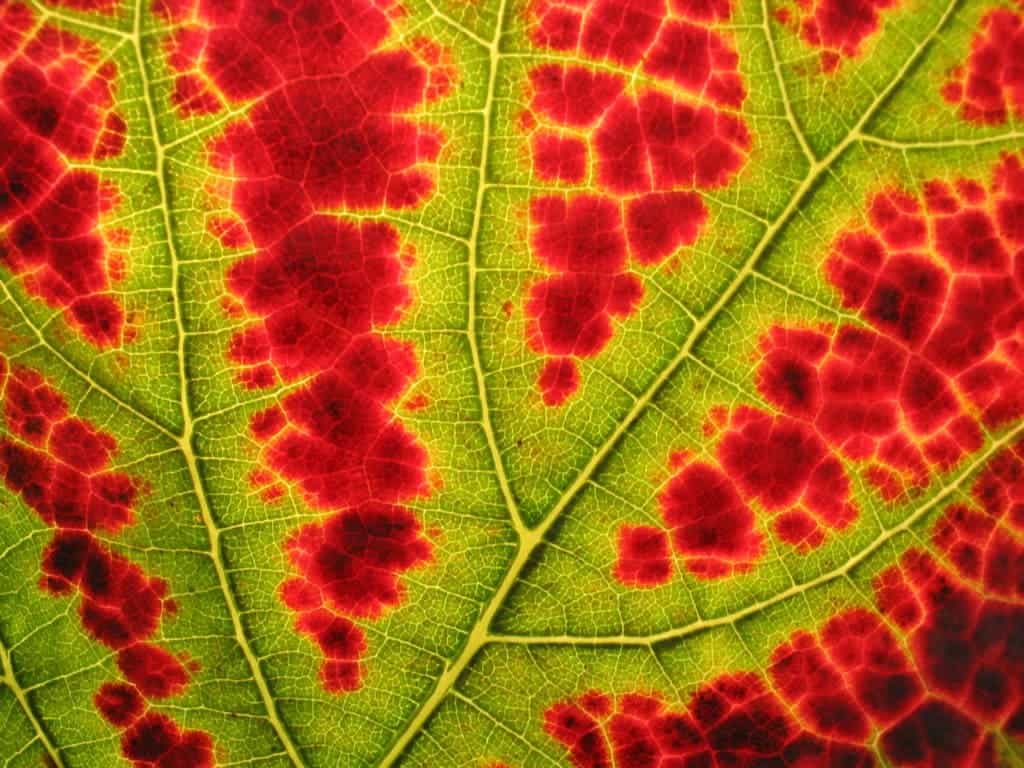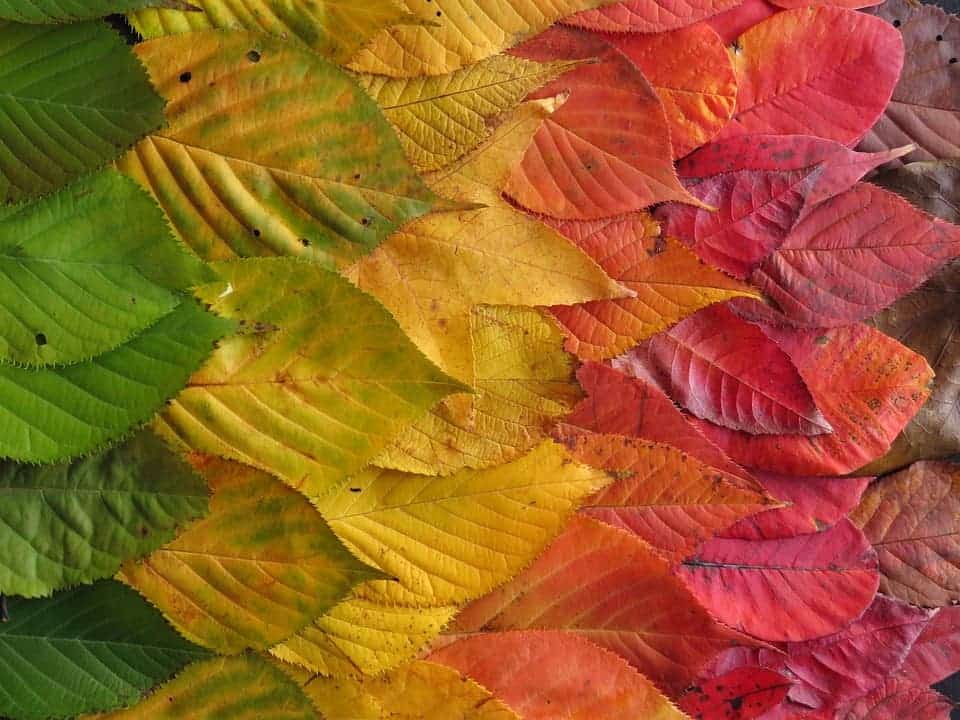What Are Trees That Change Color Called
Ah, autumn—the air is crisper and the trees are turning brilliant shades of gold , red, and brown. In the temperate areas of the world, it gets very cold in the winter and there is not much sunlight, which the trees need to feed themselves. Leaves are delicate and can't survive the winter , so the tree prepares itself for the cold by taking all useful things from the leaves before they fall. This preparation process is what causes the leaves to display their striking autumn colors. There's a good reason why different trees have leaves that turn different colors.
Preparing for winter
In the summer , most trees have green leaves because they contain the pigment chlorophyll. This pigment is also used to convert sunlight into energy for the tree . In summer, chlorophyll is constantly replaced in the leaves. When it gets cold, the plants stop making chlorophyll and it breaks down into smaller pieces. The trees can reuse the nitrogen that is in the chlorophyll molecule. This is why leaves change colors before they fall off of the tree; the important nutrients that can be reused are taken out of the leaf. The time when leaves start changing color is more dependent on light than on temperature so leaves start changing color at about the same time each year. When deciduous trees reach this light threshold , carbohydrates are transferred from the leaf to the branch and no new minerals are brought in. The trees prepare to separate with their leaves.

A rainbow of autumn colors
The green color of chlorophyll is so strong that it masks any other pigment. The absence of green in the fall lets the other colors come through. Leaves also contain the pigments called carotenoids; xanthophylls are yellow (such as in corn) and carotenes are orange (like in carrots) . A nthocyanins (also found in blueberries, cherries) are pigments that are only produced in the fall when it is bright and cold. Because the trees cut off most contact with their leaves at this point, the trapped sugar in the leaves' veins promotes the formation of anthocyanins , which are used for plant defense and create reddish colors.
However, trees in the fall aren't just yellow and red : they are brown, golden bronze, golden yellow, purple-red, light tan, crimson, and orange-red. Different trees have different proportions of these pigments; the amount of chlorophyll left and the proportions of other pigments determine a leaf's color . A combination of anthocyanin and chlorophyll makes a brown color, while anthocyanins plus carotenoids create orange leaves.

Low temperatures still above the freezing point help to produce anthocyanin , which produces a bright red color. An early frost weakens the color b y destroying the creation of anthocyanins , however . Drought can also cause leaves to fall off without changing color. Where just a few tree species dominate , like in New England and Northeast Asia, color displays are intense but short. Diverse forests mean a longer display. Cloudy and warm falls like those in Europe cause dull colors.
Where the stem of the leaf attaches to the tree, a layer of cells forms that eventually cuts the tissue that attaches the leaf to the tree. There is a closed scar on the branch where the leaf was attached ; t he leaf is then free to fall when prompted by wind, gravity, rain , and so on . When the leaves die and the chloroplasts are completely broken down, leaves turn a boring brown.
And that is the science behind why the leaves that fall in the autumn are everything from red and yellow to orange and bronze to, finally, brown.
I've always liked the way that words can sound together. Combined with my love for nature (and biology background), I'm interested in diving deep into different topics- in the natural world even the most mundane is fascinating!
What Are Trees That Change Color Called
Source: https://www.zmescience.com/ecology/autumn-leaves-color-432432/